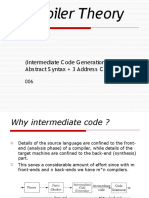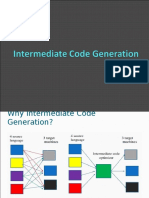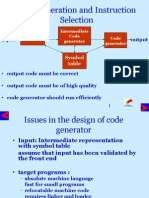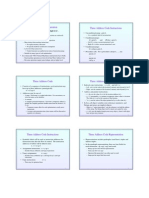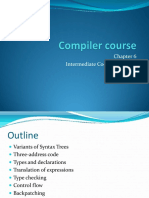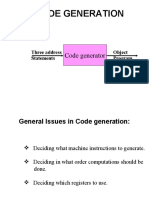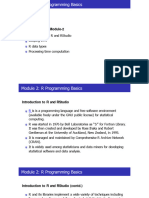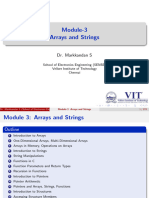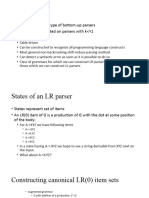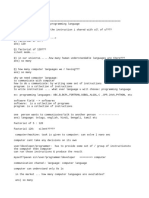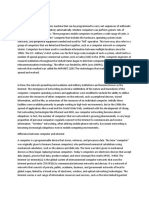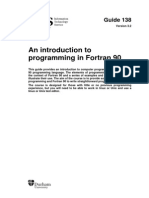0% found this document useful (0 votes)
181 views51 pagesModule-4-Intermediate Code Generation
The document discusses intermediate code generation in compilers. It covers topics like variants of syntax trees, three-address code, types and declarations, translation of expressions, type checking, and control flow. Code examples are provided to illustrate three-address code and control flow statements.
Uploaded by
rrrkalkiCopyright
© © All Rights Reserved
We take content rights seriously. If you suspect this is your content, claim it here.
Available Formats
Download as PPT, PDF, TXT or read online on Scribd
0% found this document useful (0 votes)
181 views51 pagesModule-4-Intermediate Code Generation
The document discusses intermediate code generation in compilers. It covers topics like variants of syntax trees, three-address code, types and declarations, translation of expressions, type checking, and control flow. Code examples are provided to illustrate three-address code and control flow statements.
Uploaded by
rrrkalkiCopyright
© © All Rights Reserved
We take content rights seriously. If you suspect this is your content, claim it here.
Available Formats
Download as PPT, PDF, TXT or read online on Scribd
/ 51





















